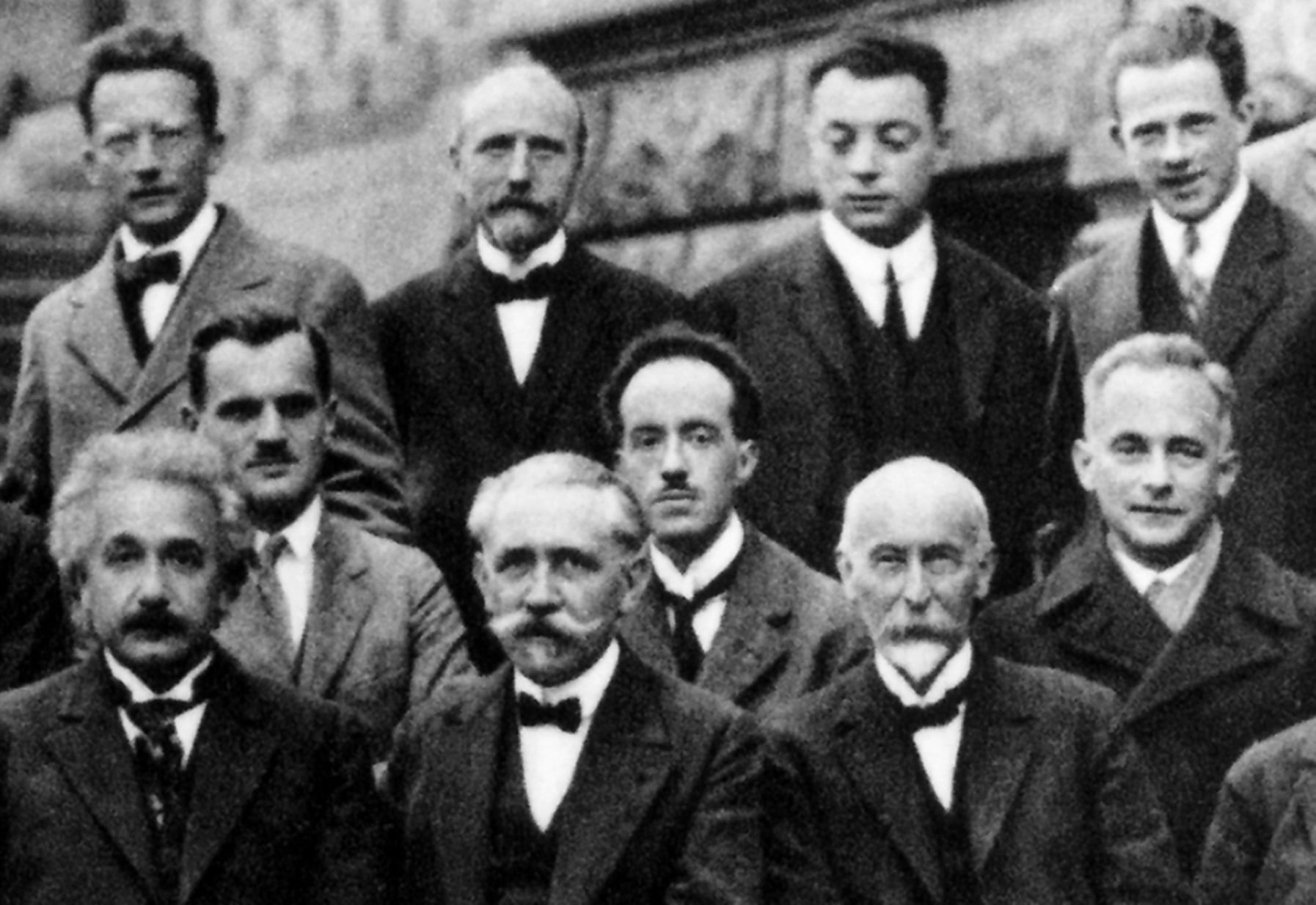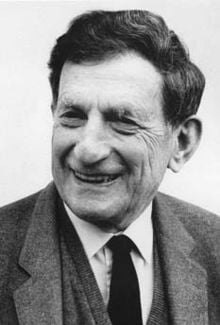And on the day that the tabernacle was reared up, the cloud covered the tabernacle, even the tent of the testimony; and at even there was upon the tabernacle as it were the appearance of fire, until morning. So it was always: the cloud covered it, and the appearance of fire by night. And whenever the cloud was taken up from over the Tent, then after that the children of Israel journeyed; and in the place where the cloud abode, there the children of Israel encamped. At the commandment of the Lord the children of Israel journeyed, and at the commandment of the Lord they encamped: as long as the cloud abode upon the tabernacle they remained encamped. And when the cloud tarried upon the tabernacle many days, then the children of Israel kept the charge of the Lord, and journeyed not. And sometimes the cloud was a few days upon the tabernacle; according to the commandment of the Lord they remained encamped, and according to the commandment of the Lord they journeyed. And sometimes the cloud was from evening until morning; and when the cloud was taken up in the morning, they journeyed; or if it continued by day and by night, when the cloud was taken up, they journeyed. Whether it were two days, or a month, or a year, that the cloud tarried upon the tabernacle, abiding thereon, the children of Israel remained encamped, and journeyed not; but when it was taken up, they journeyed.
(Num. 9: 15-22)
Albert Einstein was one of the founders of quantum physics. In fact, he was awarded Nobel prize not for his theory of relativity but for his work on light emission in which he proposed that energy is absorbed and emitted in discrete quanta. However, as quantum mechanics was being developed by Heisenberg, Schrödinger and others, Einstein grew exceedingly uneasy about it. He could not stomach the probabilistic character of the theory he helped to launch. He was a believer in determinism and indeterministic nature of quantum physics was repugnant to him. It is in this context, while arguing with Niels Bohr, that Einstein famously said, “I am convinced G‑d doesn’t play dice!” To which Bohr cleverly retorted, “Quit telling G‑d what to do!”

In their now famous 1935 paper, Einstein, Podolsky, and Rosen formulated their famous paradox (now known as the EPR paradox), in which they tried to prove the absurdity of some conclusions of quantum mechanics. The essence of the paradox is that two entangled particles “communicate” instantaneously, seemingly violating Special Theory of Relativity, which prohibits any exchange of information faster than the speed of light. For example, if you have two entangled electrons both in a state of superposition of their spin being Up and Down, collapsing the wavefunction of one electron thereby fixing its spin in, say, Up position, immediately collapses the wavefunction of the other electron fixing its spin in the opposite, Down in this example, position. Einstein called such interaction, “spooky action at a distance.” Einstein argued that EPR paradox proved that quantum mechanics with its indeterministic nature is incomplete. He felt that there must be some hidden variables that provided a fully deterministic description of the reality, which needed to be added to the standard formulation of quantum mechanics. (It was later understood that EPR was not a paradox and no action between two entangled particles was transmitted simultaneously thus removing the need for hidden variables. But this is not relevant to our story.)
The de Broglie–Bohm theory, also known as the pilot-wave theory or Bohmian mechanics provided such hidden variables to Einstein’s great delight.

Louis-Victor-Pierre-Raymond de Broglie (1892–1987), was a French aristocrat who was a very talented physicist. In 1924, in his Ph.D. dissertation, Duke de Broglie proposed that electron has a wave associated with it. He went further suggesting that all particles have wave properties expressing the relationship between the particle wavelength and its momentum through a simple formula: λ = ħ/p, where λ is the wavelength, p is the momentum (product of mass and velocity: p=mv) and ħ is the modified Planck constant. This became known as a wave-particle duality. This duality was proven experimentally in 1927 and Louis de Broglie was awarded the Nobel Prize for his groundbreaking discovery. To avoid this peculiar wave-particle duality, de Broglie proposed that it was not that the quantum object sometimes acts as a particle and other times as a wave, but both particle and wave exist simultaneously with a particle always having a well-defined position and a wave, guiding that particle on its trajectory, hence a pilot wave.
It was de Broglie’s pilot wave model developed in 1925 that inspired Erwin Schrödinger to formulate his wave mechanics with the wavefunction as its centerpiece, which became the standard formulation of quantum mechanics. The difference between de Broglie’s pilot wave model and Schrödinger’s wave mechanics lies primarily in the interpretation of the nature of the wave. Louis de Broglie always believed that his wave was real—a physical wave accompanying every particle. Initially, Schrödinger also believed that, but later realized that his generalization of the pilot-wave model was statistical in nature and came around to interpret his wavefunction as a purely mathematical abstraction—distribution of probabilities. De Broglie’s wave is defined on a physical spacetime, whereas Schrödinger’s wavefunction is defined on an abstract Hilbert space, which defines all possible configuration of the physical system. Later, the Jewish-German physicist Max Born demonstrated that the square amplitude of the wavefunction was the probability to find the particle in a given area of configurational space. It so happens that de Broglie’s pilot-wave obeys the Schrödinger’s equation of the wavefunction, which means, both theories lead to the same experimental results. Louis de Broglie was persuaded to abandon his approach in favor of Schrödinger’s and his pilot-wave model was forgotten.

Let’s now fast-forward to 1952. David Joseph Bohm (1917–1992) was the Jewish-American physicist who made significant contributions to theoretical physics and neuropsychology. In 1951, he became an assistant professor at Princeton University and began collaborating with Albert Einstein. David Bohm took to heart Einstein’s complaints against the orthodox quantum mechanics and independently rediscovered pilot-wave theory. He first called his approach a hidden variable theory and then renamed it into ontological theory. Today it is known as De Broglie–Bohm theory.
Without getting into the technical details of this very interesting theory, the gist of it is that every particle has an associated wave (De Broglie’s wave) that serves as a pilot wave, guiding the particle on its trajectory. The pilot wave is completely deterministic and is not local. Einstein welcomed this new and refreshing approach to quantum mechanics that finally provided those hidden variables he was looking for since the EPR paper.
In his youth, David Bohm was a member of the Communist Party and was prosecuted during McCarthyism. Bohm was called to testify before the Congress, arrested and, after being released had to flee to Brazil. His theory suffered the same fate as that of his predecessor, Luis De Broglie. However, with new experiments providing more support to pilot wave theory it is presently experiencing a renewed interest.
There is actually a classical phenomenon that illustrates the concept of a pilot wave. Little droplets bouncing on the surface of the oil, called walkers, create a standing wave each time they hit the surface. The next time the droplet hits the surface, it actually hits the wave it has produced before. Depending on which side of the wave it hits, it will be pushed forward or backward. This phenomenon, albeit non-quantum, demonstrates remarkable well many details of the quantum wave mechanics as formulated by De Broglie and Bohm. (An excellent visual presentation of the walkers-droplets can be found on YouTube at Is This What Quantum Mechanics Looks Like.)
The Torah portion, Behaalotecha, states:
And whenever the cloud was taken up from over the Tent, then after that the children of Israel journeyed; and in the place where the cloud abode, there the children of Israel encamped.
These words make me think of hidden variables and a pilot wave. As hidden variables in quantum mechanics, the G‑dly reality is hidden from our eyes. But it is this reality that guides our lives. David Bohm called it the Implicate Order. Was the cloud over the Tabernacle that guided Israelites through the desert a metaphor for the pilot wave? Maybe… Today, the Torah is our “pilot wave,” the guiding principle that guides us on the journey of life as the cloud once guided us through the desert. Pay close attention… Happy travels!


Thank you Alex! So the pilot wave can serve as a physical allegory for Hashkaga Klalit and Pratit?
Excellent point, Anna. Yes, the pilot wave represents the hashgachah klalit guiding a particle in general, but where the particle lends is hashgachah pratit and it’s unknowable to us because we don’t know all initial conditions of the particle. For example, in a double-slit experiment, the guiding wave of an electron goes through both slits creating an interference pattern. However, where exactly the electron will land is unpredictable because we don’t know exactly all initial conditions of this electron.
Shalom Aleichem
Thank you very much for sharing this blog wisdom, as sense expression is a manifestation of the origin, we much seek the origin which is indeed hidden an not obtainable by the 5 senses. That which is seen and measured by science and quantam measures, is essential in understanding the written aspects of Halacha and the aspiration of the mishkan.
Shalom